Introduction to Store Operations
Item: EL64
This course explores the importance and structure of Store Operations and the day-to-day tactical responsibilities of field based Store Operations teams. Scroll down for course objectives and detailed content. The NASBA version of this class is eligible for 0.5 NASBA CPE credits.

![]() In stock
In stock
Description
Introduction to Store Operations
This course is a module of the Fundamentals of Retail suite and explores the importance and structure of Store Operations and the day-to-day tactical responsibilities of field-based Store Operations teams.
Who Is It Suitable For?
This program is designed for:
- People who sell or market to retailers, especially IT suppliers.
- It will also benefit consumer goods manufacturers who sell directly to retailers.
- And is valuable as part of induction training for retail management trainees and for retail IT teams and others in retailing who need to understand the retail business more fully.
Course Objectives
Upon completing this course, students will be able to:
- Identify the importance of the Store Operations division
- Explain the structure of retailers' Store Operations divisions
- Identify how a Store Operations department's performance is measured
- Summarize the day-to-day tactical responsibilities of field-based Store Operations teams
- Describe the key processes in Store Operations that are managed by headquarters - space management, store administration and physical maintenance, loss prevention and human resources.
Detailed Content
The detailed content includes:
- The Store Operations division
- Organization structure
- KPIs used in-store operations
- Store operations strategy and tactics
- Space management
- Store administration and physical plant maintenance
- Loss prevention
- Store operations and human resources
- Summary
- Mastery test
- Learners completing the mastery test and obtaining a 70% pass mark will also receive a mastery certificate upon completion.
Benefits of Studying This Program
Learners studying this program will gain familiarity with the retail industry faster, shortening their path to full productivity.
Customer Feedback
A survey of over 120 of our learners rated this class in response to 4 key questions as follows:
1. Has this course helped you achieve your personal goals?

2. Has this course helped you do your job better?

3. How likely would you be to recommend the course to a friend or colleague?

4. How would you rate the course overall?

Hours of Study
The average time to study this class is 1 hour.
Resources Included
The class includes the following downloadable resources for printing and review:
- Summary of Store Operations Processes
- Store Visit Analysis Tool with Example
- Covid Store Safety Checklist
Pre-Requisites Necessary
Learners without previous retail experience will benefit from studying the Overview of the Retail Industry module first.
After This Program
This program is a module from our Fundamentals of Retail training suite. The next logical program in developing learners’ knowledge is E-Commerce and Omni-Channel Retailing. Learners with the goal of building a wider understanding of retailing should also consider other modules of the Fundamentals of Retail Suite.
Video
Please allow Cookies to view video content
Customer Reviews










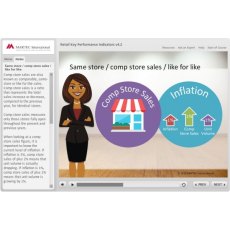

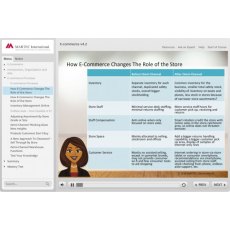

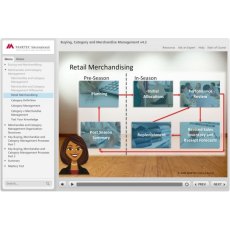

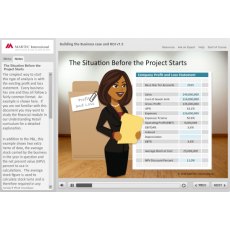
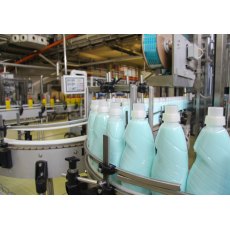
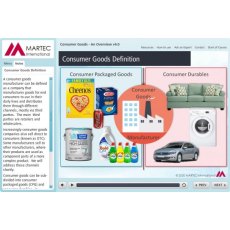

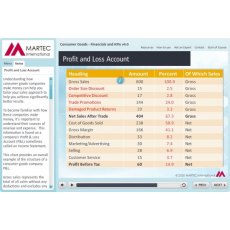

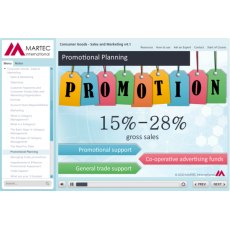
Share & Forward To A Friend
Share
Introduction to Store Operations | Martec International Ltd
Facebook Twitter Email Pinterest Telegram